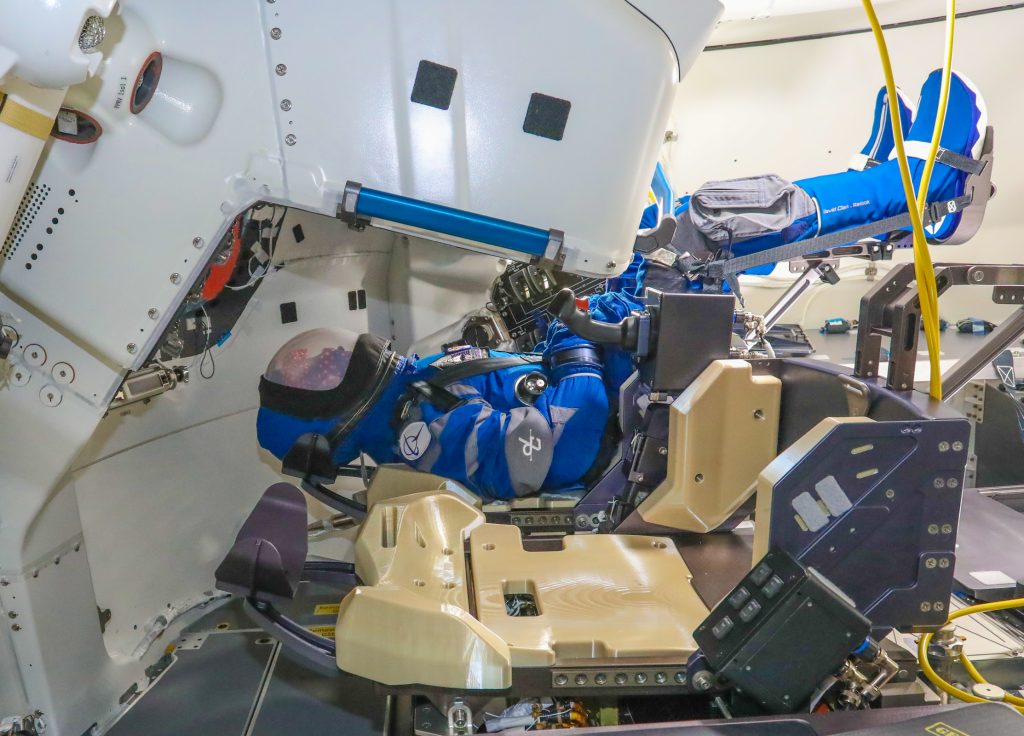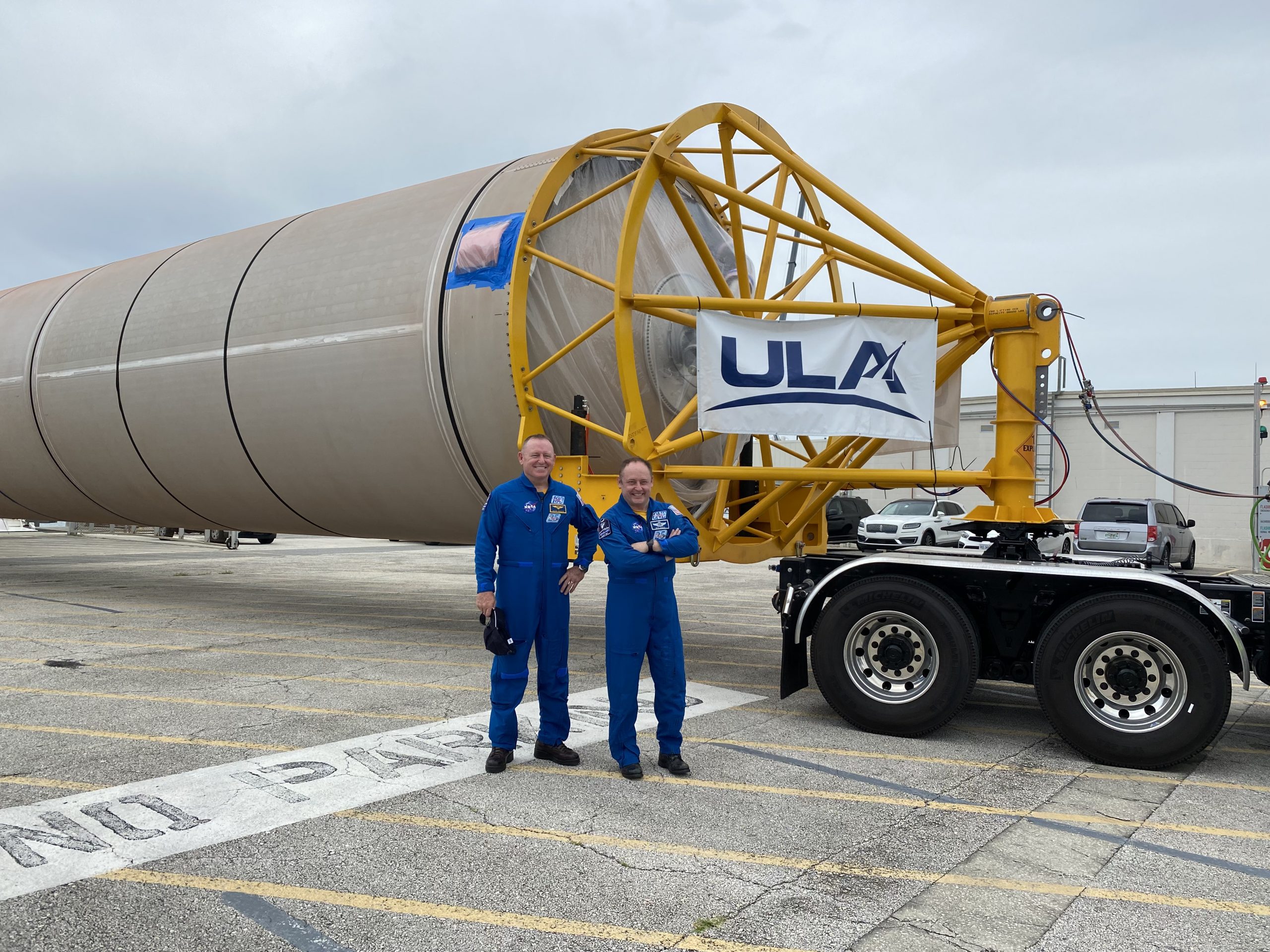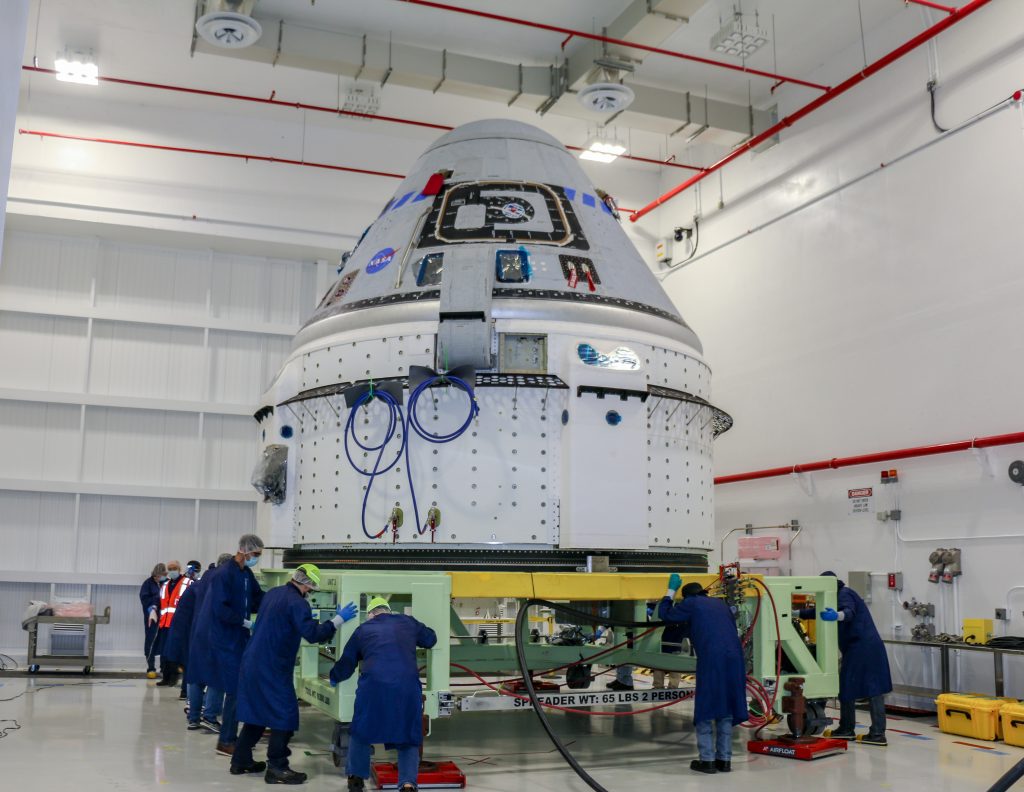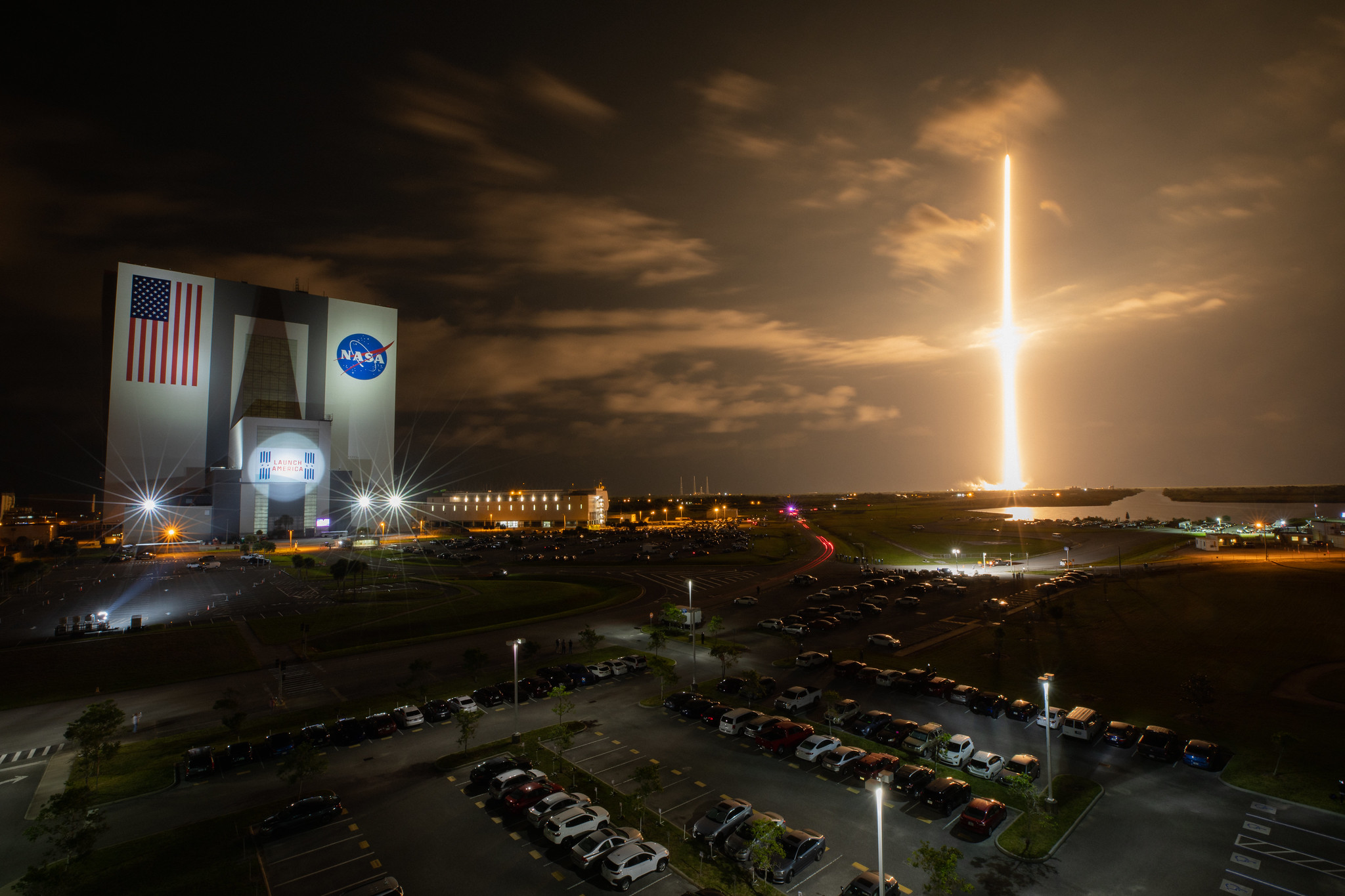
Rosie the Rocketeer, Boeing’s anthropometric test device, claimed her spot once again in the commander’s seat inside the company’s CST-100 Starliner spacecraft for its second uncrewed Orbital Flight Test (OFT-2) for NASA’s Commercial Crew Program.
During OFT-1, Rosie was outfitted with 15 sensors to collect data on what astronauts will experience during flights on Starliner. For OFT-2, spacecraft data capture ports previously connected to Rosie’s 15 sensors will be used to collect data from sensors placed along the seat pallet, which is the infrastructure that holds all the crew seats in place.
OFT-2 is scheduled to lift off at 2:53 p.m. ET Friday, July 30, from Space Launch Complex 41 at Cape Canaveral Space Force Station in Florida bound for the International Space Station. Starliner is expected to spend five to 10 days in orbit before undocking and returning to Earth, touching down on land in the western United States.
Learn more about Rosie the Rocketeer.
More details about NASA’s commercial crew program can be found by following the commercial crew blog, @commercial_crew and commercial crew on Facebook.




